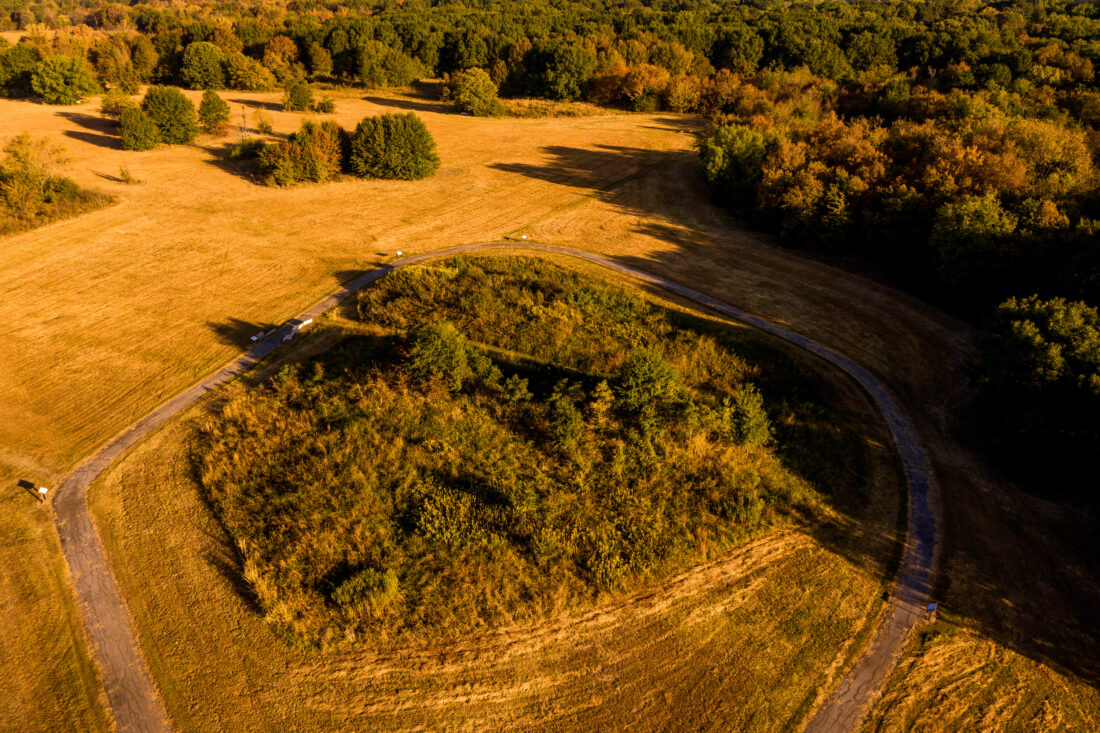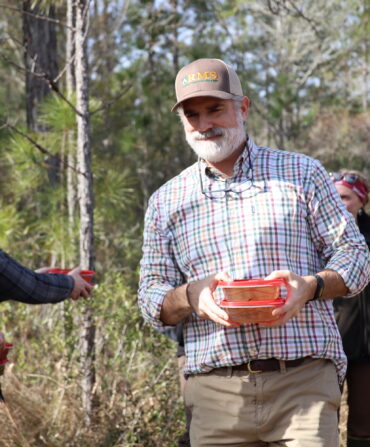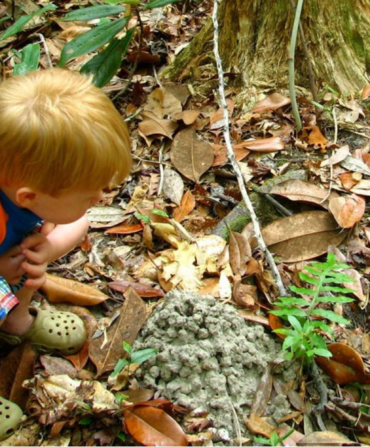Where: Spiro, Oklahoma
When: year-round
If you like: history
Why you should go: From AD 800 to 1450, some 10,000 people lived in a bustling city on a bend in the Arkansas River in what is now eastern Oklahoma. But the significance of Spiro Mounds, a series of grassy hills near the Arkansas border, has as much to do with who visited. Excavated artifacts indicate that emissaries from more than sixty Mississippian tribes—a culture as powerful and complex as that of the Aztecs or Maya—met there, likely for religious gatherings. “Late in Spiro’s history, there was a big ceremony where a massive amount of art objects was placed in the central chamber of one of the mounds and then covered up,” says Amanda Regnier, an archaeologist at the University of Oklahoma. That cache of objects, which included decorative conch shell cups, woven baskets, and carved figurines from as far away as the Florida Keys, Mexico, and the Great Lakes, revealed both the skill of these early artisans and just how important the site was to Indigenous Americans.
At the visitors’ center, which is slated to reopen after renovations this summer, replicas of the recovered objects will be on display alongside a re-created Spiro house. Outside, visitors can wander two miles of interpreted trails, plus see Regnier in action—she and a team will be conducting an excavation in May and June. “Everything we uncover reflects the rituals and religion and culture of those that lived and visited here,” she says. “Spiro is one of the most important American Indian sites in the nation.”
G&G tip: Regnier especially enjoys Spiro Mounds in springtime and early summer. She recommends walking to the upper terrace area and then taking a gravel path to the smaller mounds a little farther away—there, wild Indian paintbrushes come into brilliant red bloom from April to June.









